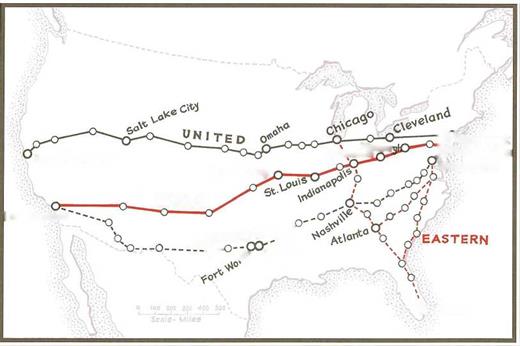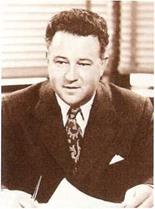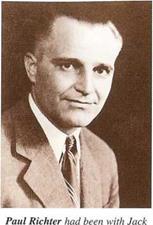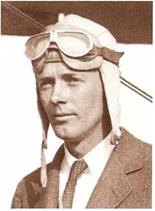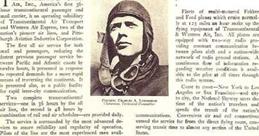|
American Airways
If the T. W.A. Shotgun Marriage was difficult to negotiate, the industrial sparring that resulted in the creation of American Airways was, even without coercion from the Postmaster General, labyrinthine. The airline itself cannot trace every individual component that comprised the eventual amalgamation of three groups, themselves the result of mergers and take-overs. Universal Aviation Corporation (the real core of the route system). Southern Air Transport, and Colonial Airways Corporation completed their multi-merger to form American Airways on 25 January 1930.
United Air Lines
The Boeing airplane company had always taken a keen interest in air transport, and had been one of the very first Post Office contractors, with a foreign air mail route from Seattle to Victoria, B. C., in 1919. It had won the best air mail contract in 1926, with the coveted “Columbia” San Fran – cisco-Chicago trunk route and with its own Boeing Air Transport, to which it supplied the aircraft. With the Pratt & Whitney engine company, it formed the United Aircraft and Transport Corporation on 1 February 1929, at the same time absorbing various aircraft and aviation-related manufacturing companies. Acquiring Pacific Air Transport, Varney Air Lines, and National Air Transport (winning the latter after a bitter boardroom battle on 7 May 1930), the lines started to operate as United Air Lines, a name that was was formally incorporated on 1 July 1931.
Giants of Their Time
In the developing U. S. airline world during its heady formative years, some men, who had started at the bottom rung, climbed the corporate ladder to become leaders, and were to influence substantially the course of airline development. C. R. Smith, who was American’s president for twenty or more years and who was head of military air transport during the Second World War. had started as an accountant with one of Southern Air Transport’s ancestors. W. R. “Pat” Patterson, who led United, had started in similar fashion with Pacific Air Transport. Jack Frye, who was to direct T. W.A.’s fortunes from its beginnings until after the War. had started Standard Air Lines, but stayed with Western Air Express when American Airways bought Standard on 15 July 1930. T. W.A. was now one of the most important airlines in the United States, and became known, even in official circles at the C. A.B., as one of the ‘Big Four.’
|
![]()
![]()
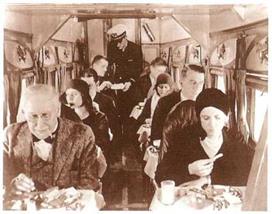

 TWO TRANSCONTINENTAL AIR SERVICES DAILY
TWO TRANSCONTINENTAL AIR SERVICES DAILY

